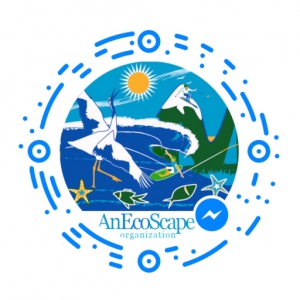Artificial Reefs
Artificial reefs are human-made structures that are placed in marine or freshwater environments to mimic natural reefs. These structures are designed to provide habitats for marine life and support by creating a three-dimensional underwater structure.
Artificial reefs can be made from a variety of materials, including concrete, steel, old ships, sunken objects, and even purpose-built reef modules. These structures are strategically positioned on the ocean floor or submerged in water bodies to promote the colonization and growth of marine organisms.
The design, deployment, and management of artificial reefs should be done with careful consideration of the local marine ecosystem, environmental impact, and long-term sustainability. Proper planning and monitoring are crucial to ensure that artificial reefs achieve their intended goals without causing harm to the environment or disrupting natural habitats.
Benefits
Artificial reefs offer many benefits to marine ecosystems, coastal communities, and various adjacent biospheres.
- Artificial reefs provide new habitats and can help restore degraded or destroyed natural reef systems.
- They provide shelter, breeding grounds, and foraging areas for a wide range of marine organisms, including fish, corals, invertebrates, and algae.
- By attracting and supporting a diverse array of marine life, artificial reefs contribute to increased biodiversity in the surrounding area.
- Artificial reefs can act as a buffer against coastal erosion and wave energy and help dissipate wave energy, reducing the impact of storms and protecting shorelines from erosion.
- They can serve educational opportunities and raise awareness about the importance of marine conservation and the healthy reef ecosystems. This allows people to learn about marine life, ecosystem dynamics, and the threats facing coral reefs.
Proposal by AnEcoScape for Santa Monica Bay !
AnEcoScape is actively encouraging the rapid building and deployment of structures in Santa Monica Bay. We will achieve this through educational and applied research and construction programs.
Artificial reefs and substrate are proven to provide both attachment and reference locations for many kinds of sea life including kelp and seaweeds, as well as invertebrate and vertebrate species. Structures can provide a huge number of habitat types, and locations that will stimulate the biosphere for diversity and total biomass and help achieve a dynamic sustainability.
Surfing California
California is famous for its Surf Spots!
Our Mission
AnEcoScape’s mission is to transform and improve the health, productivity, and diversity of near shore marine environments and nearby terrestrial biosphere. Read More.
Get Involved
There are many ways to get involved. Find out how. Get Involved.




